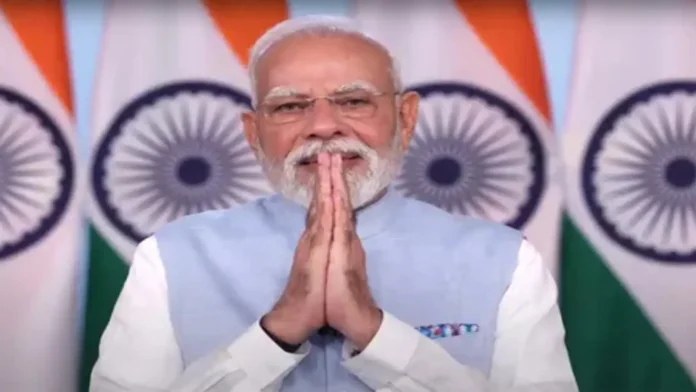Healthcare in India has traditionally been viewed through the lens of welfare and social support. However, under Prime Minister Narendra Modi’s leadership, it has increasingly become a strategic driver of economic transformation. By combining health reforms with economic priorities, the government has redefined the sector as both a social necessity and a growth engine.
One of the central pillars of this shift is the Ayushman Bharat – Pradhan Mantri Jan Arogya Yojana (PMJAY), launched in 2018. Often described as the world’s largest government-funded healthcare program, it provides health coverage to over 500 million citizens. By reducing the financial burden of medical expenses, the scheme not only improves the lives of vulnerable families but also injects liquidity into the economy, as savings are redirected toward consumption and investment.
Equally important is the government’s push for healthcare infrastructure expansion. From new AIIMS campuses to upgraded district hospitals and the development of wellness centers in rural areas, the strategy is not only about accessibility but also about creating jobs, boosting medical tourism, and strengthening local economies. Hospitals, diagnostic centers, and pharmaceutical hubs are now major contributors to employment generation and regional development.
The digital health ecosystem is another transformative initiative. The Ayushman Bharat Digital Mission, launched in 2021, seeks to create a unique health ID for every citizen, enabling paperless records, seamless doctor-patient interactions, and efficient insurance claims. Beyond its obvious healthcare benefits, this digitization strengthens India’s data economy, spurring innovation in health-tech startups, telemedicine platforms, and artificial intelligence–driven medical solutions.
The Modi government has also made pharmaceutical self-reliance a priority. During the COVID-19 pandemic, India emerged as a global supplier of affordable vaccines and essential medicines under the “Vaccine Maitri” initiative. By expanding domestic production capacity, promoting bulk drug parks, and incentivizing research, the government has turned healthcare into a platform for industrial growth, export expansion, and geopolitical influence.
Moreover, wellness and traditional medicine have been integrated into this economic vision. The creation of a dedicated Ministry of AYUSH and promotion of yoga and Ayurveda globally have not only strengthened cultural diplomacy but also opened new markets for Indian products and services. This soft power strategy connects healthcare with tourism, branding, and trade.
Another major dimension is the linkage between healthcare and human capital development. Healthier citizens mean higher workforce productivity, reduced absenteeism, and long-term demographic dividends. In this sense, healthcare is not just about curing illness but about enabling sustained economic participation, particularly as India positions itself as a hub for manufacturing and services in the coming decades.
Critics argue that challenges remain, such as disparities in rural-urban healthcare, underfunded public hospitals, and uneven implementation of insurance coverage. Yet, even critics acknowledge that the Modi government has succeeded in elevating healthcare from a background concern to a front-line instrument of economic policy.
In conclusion, healthcare under the Modi government is no longer framed as just a safety net. It has been recast as a strategic lever for economic transformation—supporting growth, employment, exports, and global influence. As India advances toward its goal of becoming a $5 trillion economy, the healthcare sector is poised to play an even more central role in shaping both the nation’s prosperity and its global standing.



